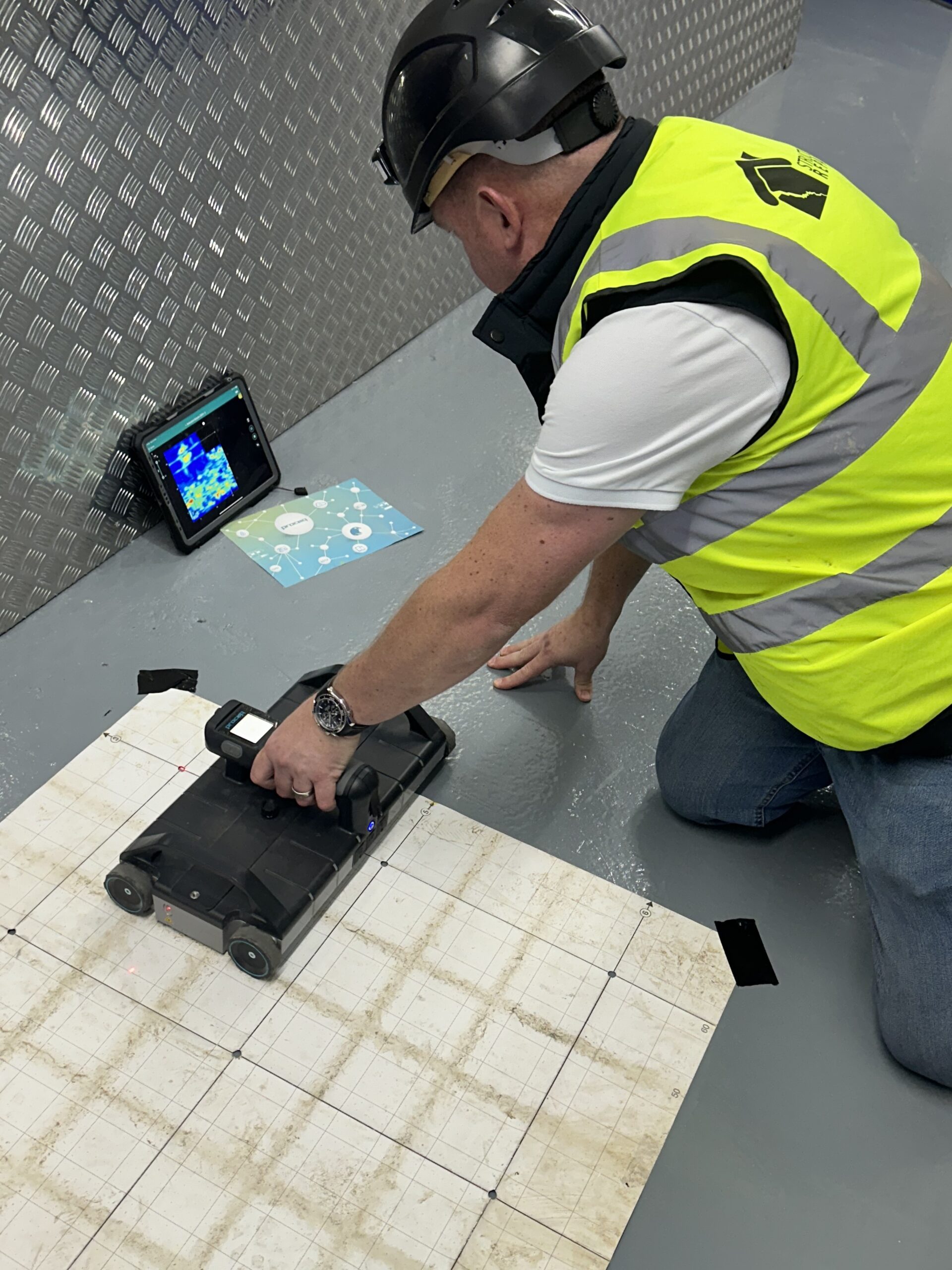RainierGPR Service Areas: Relied On Concrete Scanning Providers in Several Places
RainierGPR Service Areas: Relied On Concrete Scanning Providers in Several Places
Blog Article
Concrete Scanning: A Crucial Action Towards Making Sure Architectural Honesty and Safety And Security
In the realm of construction and infrastructure upkeep, the relevance of concrete scanning can not be overstated. By employing innovative innovation and methodologies, concrete scanning offers as an essential device in making certain that the honesty and safety and security of structures and bridges are promoted to the highest possible requirements.
Value of Concrete Scanning
Concrete scanning plays an essential role in making certain the structural stability and safety and security of buildings and framework tasks. By making use of sophisticated innovations such as ground-penetrating radar (GPR) and electro-magnetic induction, experts can non-destructively inspect concrete frameworks to spot possible defects, spaces, embedded items, and support design. This procedure enables very early detection of abnormalities that can jeopardize the security of a structure, preventing expensive damages and guaranteeing the safety and security of owners.
Prior to drilling, reducing, or coring into concrete, scanning aids determine the accurate places of rebar, post-tension cords, and other embedded aspects, reducing the danger of unintentional hits that can lead to structural weak points. Furthermore, concrete scanning aids in top quality control by verifying the density of concrete covers and spotting any discrepancies that may influence the general longevity of the framework.
Technology for Concrete Examination

Advantages of Very Early Detection
Prompt discovery of structural problems can considerably minimize dangers and guarantee the longevity of building and construction projects. By identifying possible issues beforehand in the building and construction procedure, stakeholders can take positive steps to address problems prior to they escalate into larger and extra costly troubles. One of the key advantages of very early discovery is the avoidance of architectural failures, which can posture serious security dangers and result in project hold-ups and financial losses.
Furthermore, very early discovery enables timely fixings and upkeep, which can assist expand the lifespan of the structure. By dealing with issues quickly, building and construction teams can avoid expensive repairs or even the need for premature replacement of architectural components. This proactive approach not just saves time and cash however also boosts the total safety and security and toughness of the building and construction project.
Furthermore, early detection can enhance task planning and decision-making by supplying stakeholders with beneficial understandings into see the condition of the structure. Armed with this details, project managers can make informed choices relating to construction products, approaches, and timelines, causing much more effective and effective project end results.
Making Sure Architectural Stability
Ensuring the structural security of a construction project is extremely important to its safety and security and durability. Concrete scanning plays an important duty in guaranteeing architectural security by discovering prospective concerns such as spaces, delamination, or reinforcement rust that might endanger the honesty of the framework over time.
By using innovative scanning modern technologies like ground-penetrating radar (GPR) and electro-magnetic induction, building and construction experts can non-invasively evaluate concrete frameworks to recognize locations of worry below the surface area. This positive method enables the very early detection of weaknesses or issues, enabling prompt repair services or support to stop structural failures.
Routine concrete scanning throughout different building stages and throughout the life cycle of a framework can help preserve its security, mitigate dangers, and ensure the security of occupants. By prioritizing structural security through concrete scanning, building tasks can boost their strength and longevity, inevitably contributing to greater safety and security and durability.
Stopping Essential Failings
Applying routine inspections, such as concrete scanning, can reveal hidden issues like visit site gaps, fractures, or rust that can jeopardize the stability of a framework. By making use of sophisticated scanning innovations like Ground Permeating Radar (GPR) or Concrete X-ray, designers can non-destructively examine the condition of concrete and recognize weak points that require support or repair.

Final Thought
To conclude, concrete scanning plays a critical duty in guaranteeing structural integrity and safety and security by utilizing advanced technology for early detection of potential concerns. This positive technique assists protect against important failings and makes sure the security of structures. It is vital to focus on concrete evaluation as a standard practice to safeguard the long life and security of buildings and infrastructure.
Concrete scanning plays an essential function in ensuring the structural stability and safety and security of structures and facilities jobs. Additionally, concrete scanning help in quality control by confirming the thickness of concrete covers and spotting any kind of inconsistencies that may affect the general longevity of the structure. Concrete scanning plays a vital duty in guaranteeing structural security by finding prospective concerns such as gaps, delamination, or reinforcement rust that you can try this out can compromise the honesty of the structure over time.

In verdict, concrete scanning plays a critical duty in guaranteeing structural integrity and safety and security by utilizing innovative technology for early discovery of possible problems.
Report this page